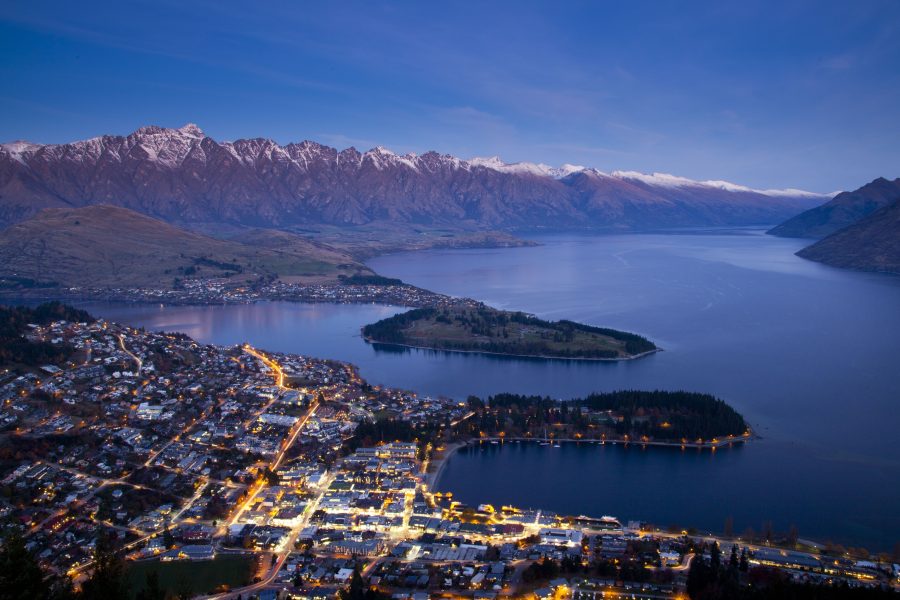
Queenstown occupancy has slid to the end of summer – as expected – but appears to be flattening out at around 66.6%

Elton John appeared to give Christchurch’s hotel market a welcome boost with his concert at Orangetheory Stadium attracting 27,000 fans.
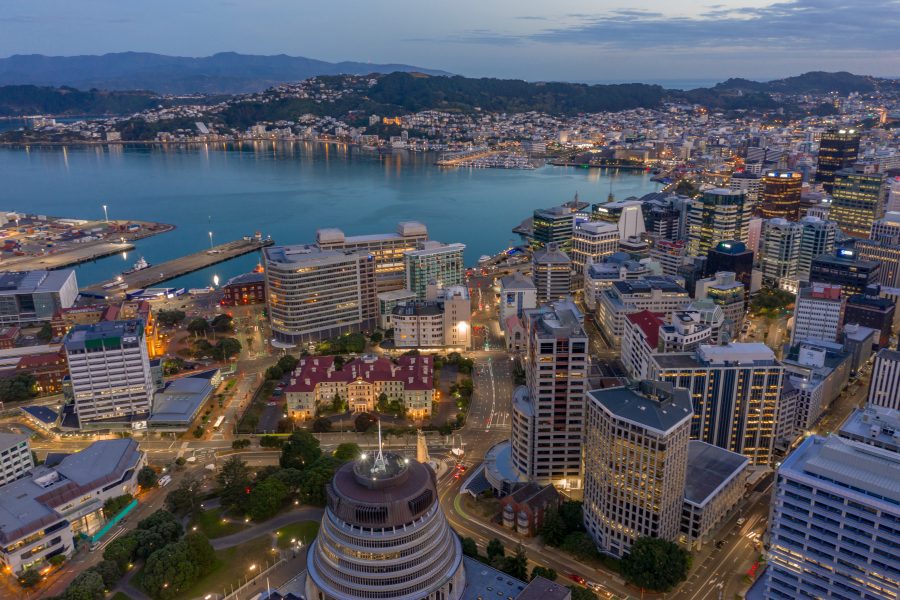
After average weekly occupancy fell to 40% during Christmas, Wellington’s hotel market is back on the rise as people return to work and government gets going.
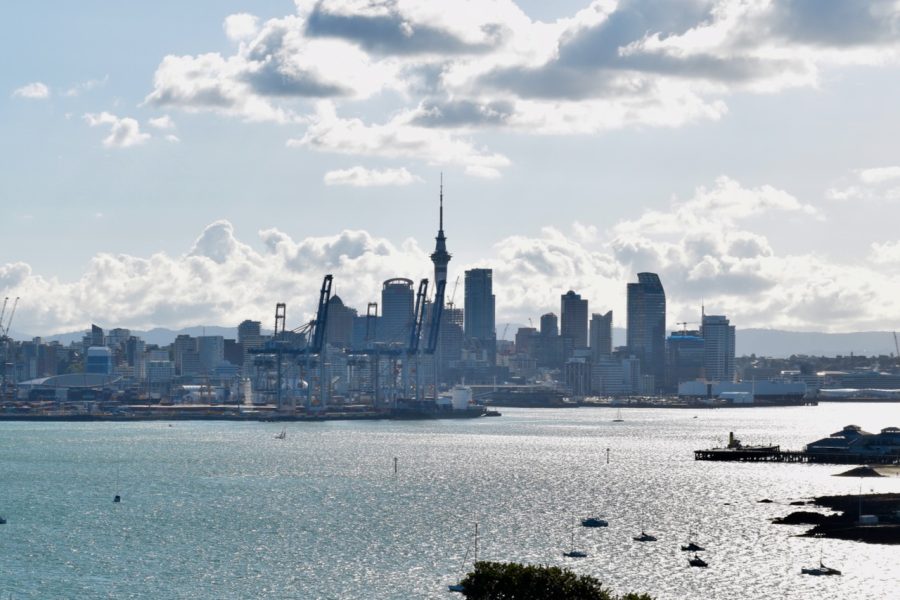
New Zealand’s biggest hotel market is headed back up after the week leading to Christmas saw it drop below 50% occupancy for the first time in months, according to figures from STR.
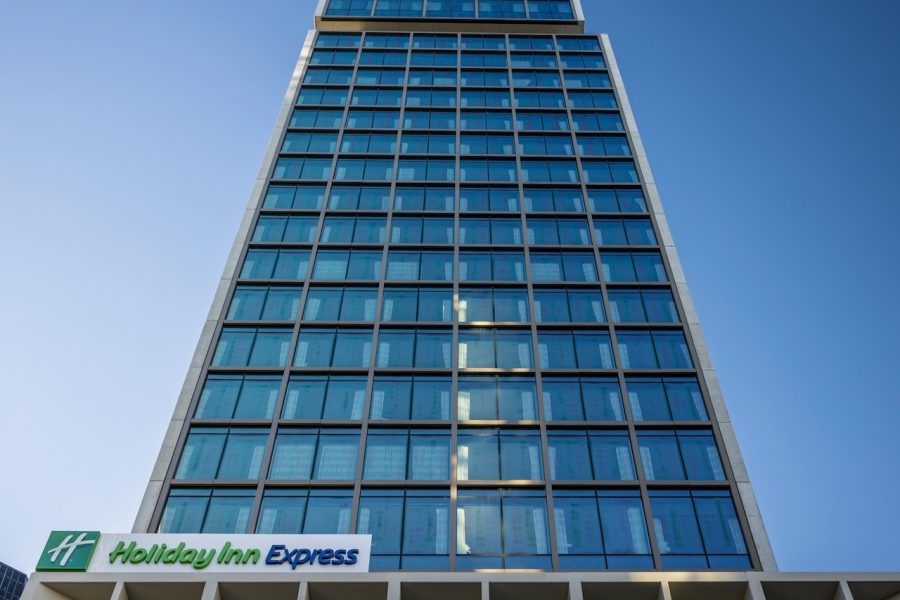
All of New Zealand’s major hotel markets saw occupancy slip at the start of December, according to figures from STR.
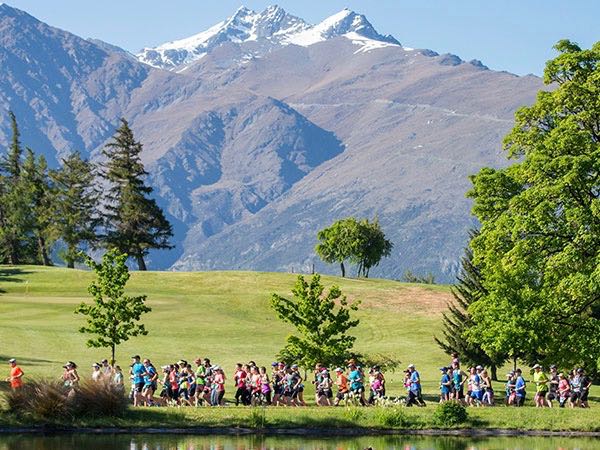
Occupancy reaches a peak at the resort thanks to the return of its annual marathon.
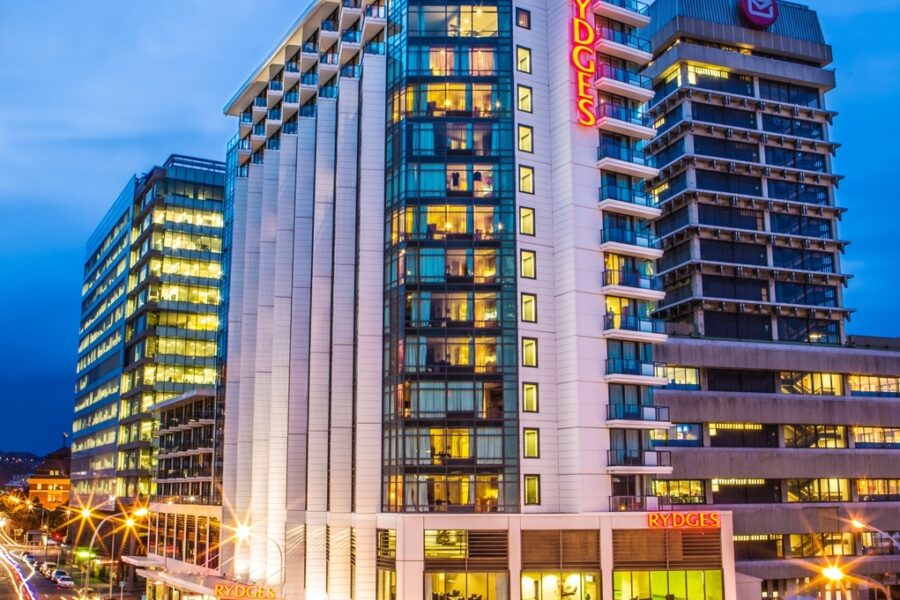
Of the country’s major hotel markets, Wellington appears to have come out of spring the strongest with average weekly occupancy mostly above 80% since mid-October, according to figures from STR.
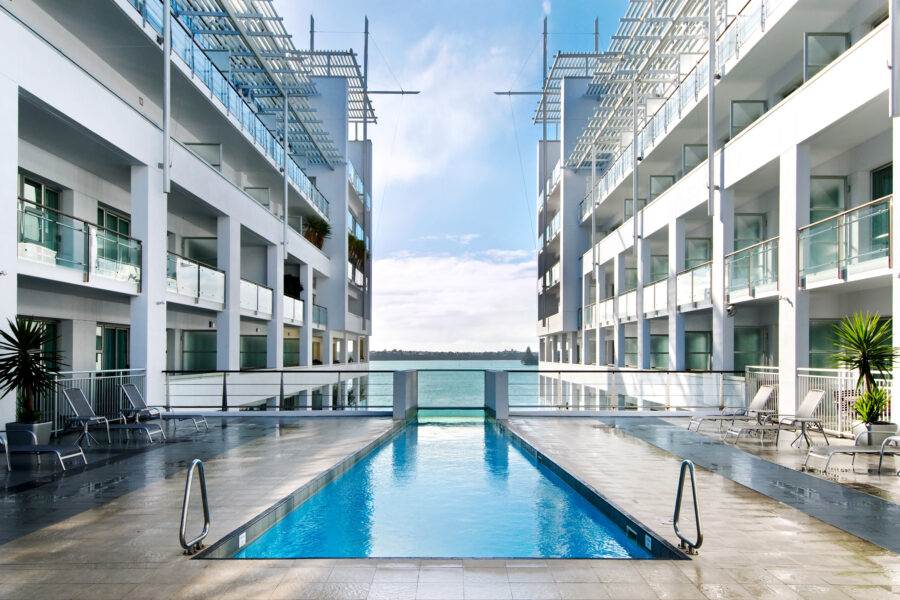
Almost all of New Zealand’s major hotel markets are finishing spring stronger than they started, according to figures from STR.
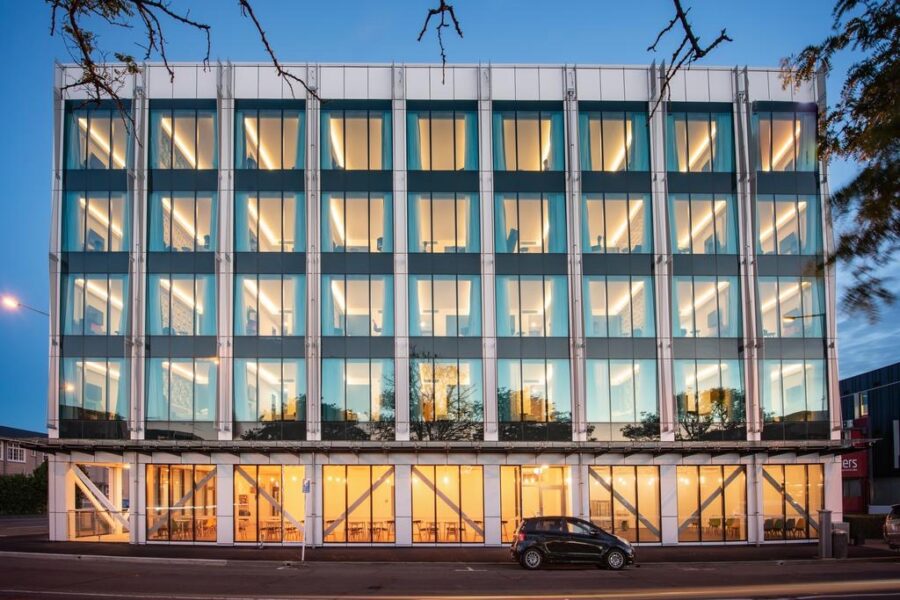
A good October has turned into an even better November for Christchurch’s hotel market, according to figures from STR.
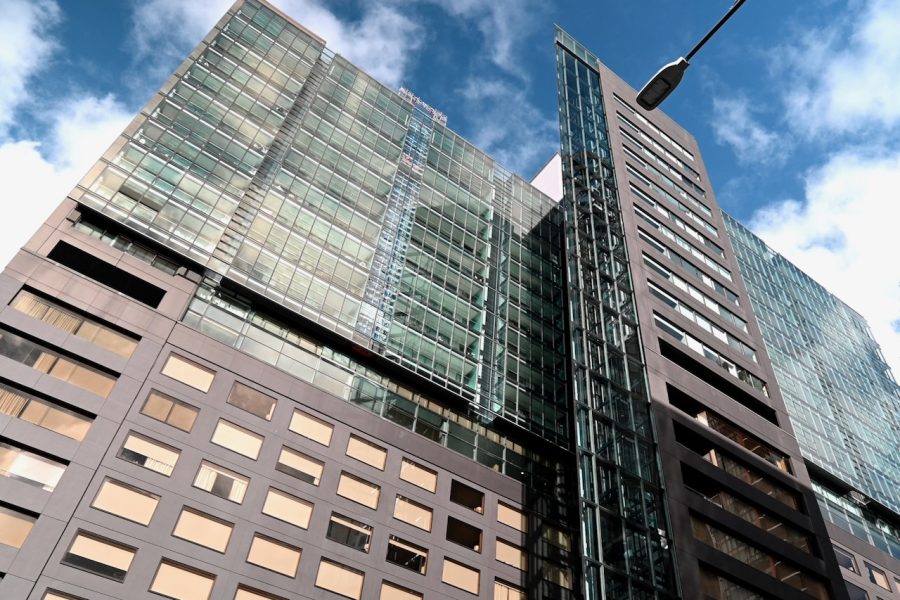
Auckland is back on the rise after suffering a mid-October occupancy and ADR drop, according to figures from STR.
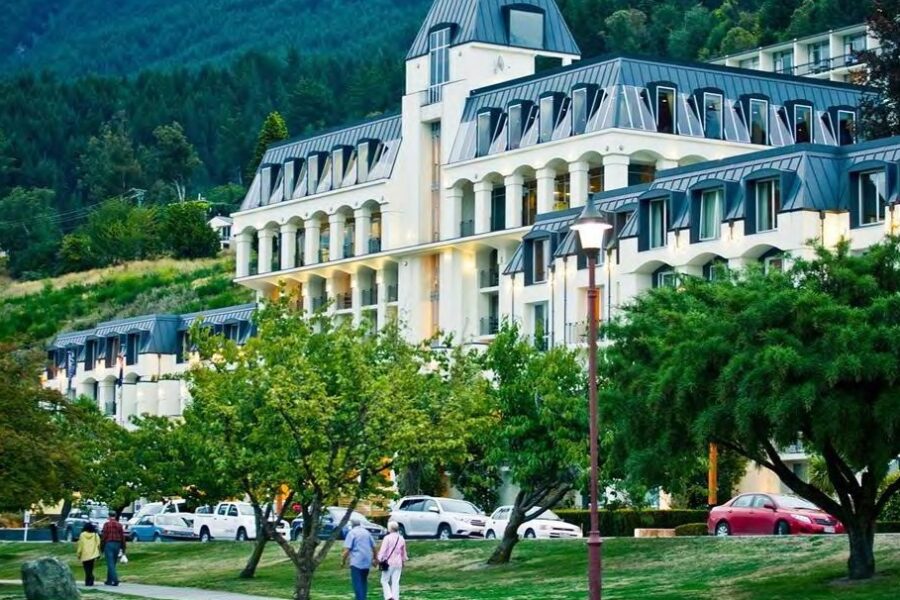
Queenstown occupancy and ADR appear to have stabilised at a new post-Covid ‘normal’ – at least for late spring – according to figures from STR.
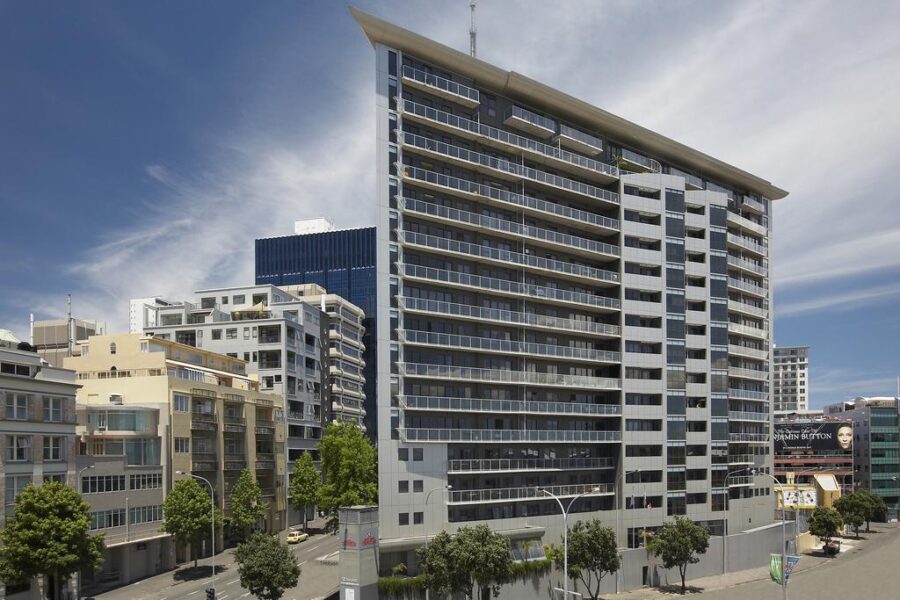
A steady climb in occupancy across the country since early September pushes the rate up to a 2022 high.
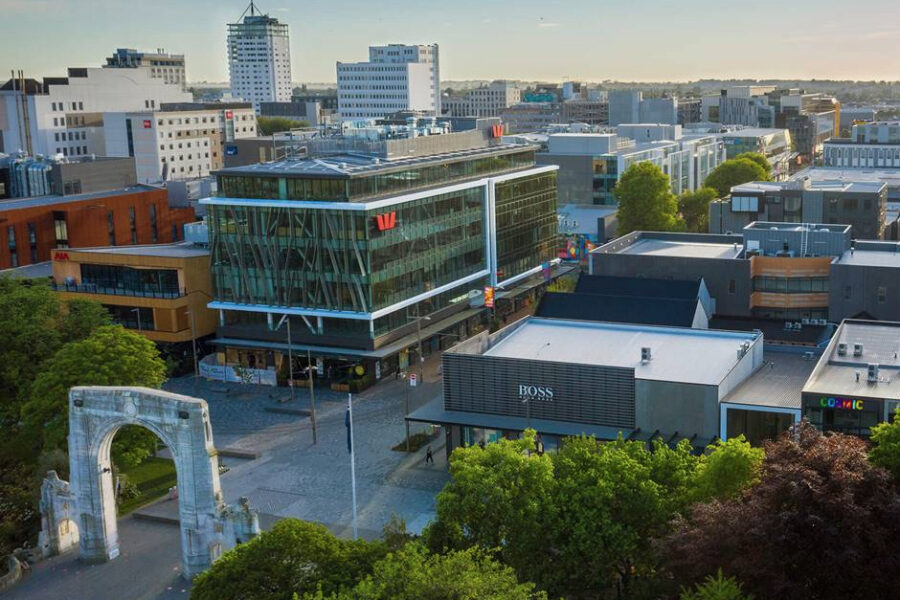
Christchurch has hit an occupancy high for 2022 after a long climb from the Omicron-impacted doldrums of March this year.
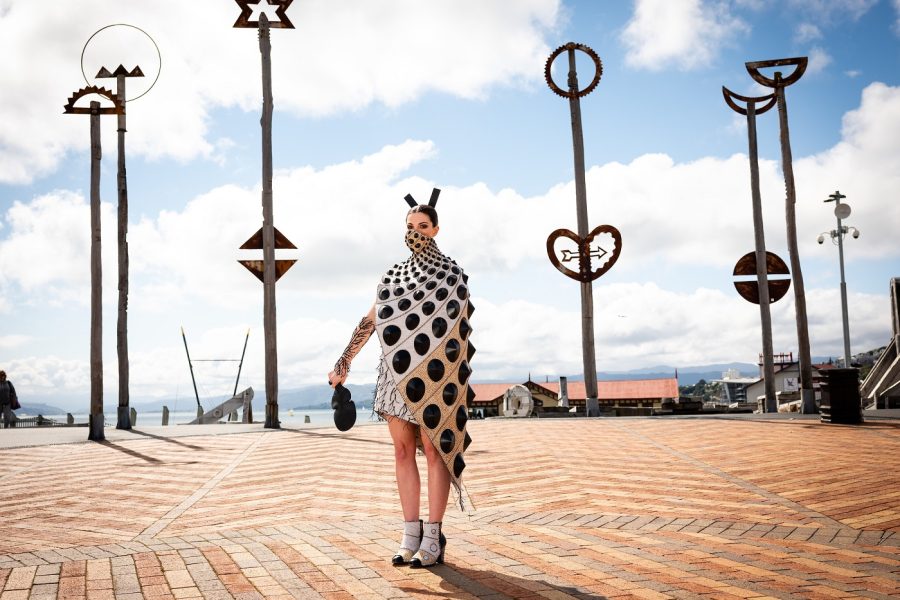
The capital is having a strong spring with the return of the World of WearableArt after three years helping to drive occupancy and ADR.
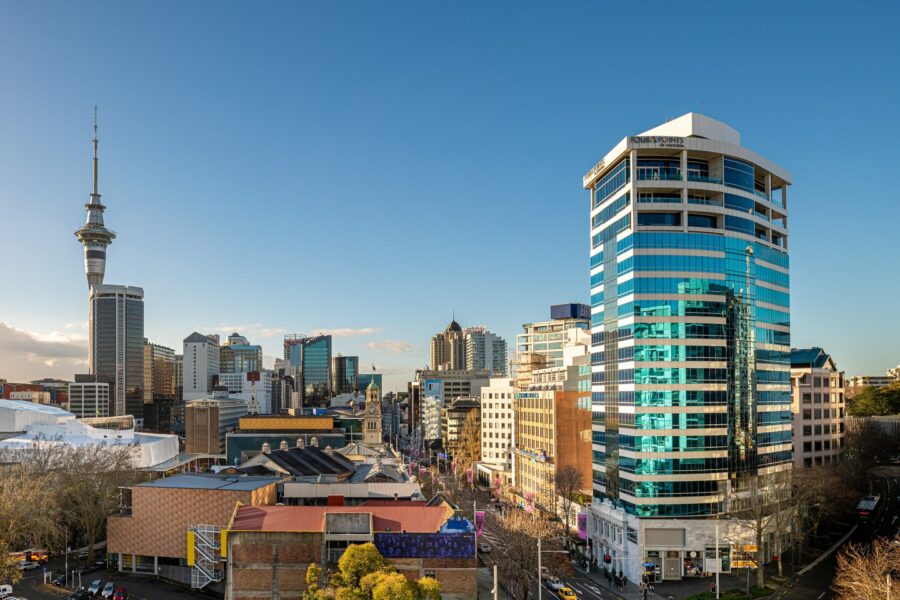
After spending most of the year struggling to crack 50% occupancy, Auckland is finally on the move with the major metrics all trending in the right direction.
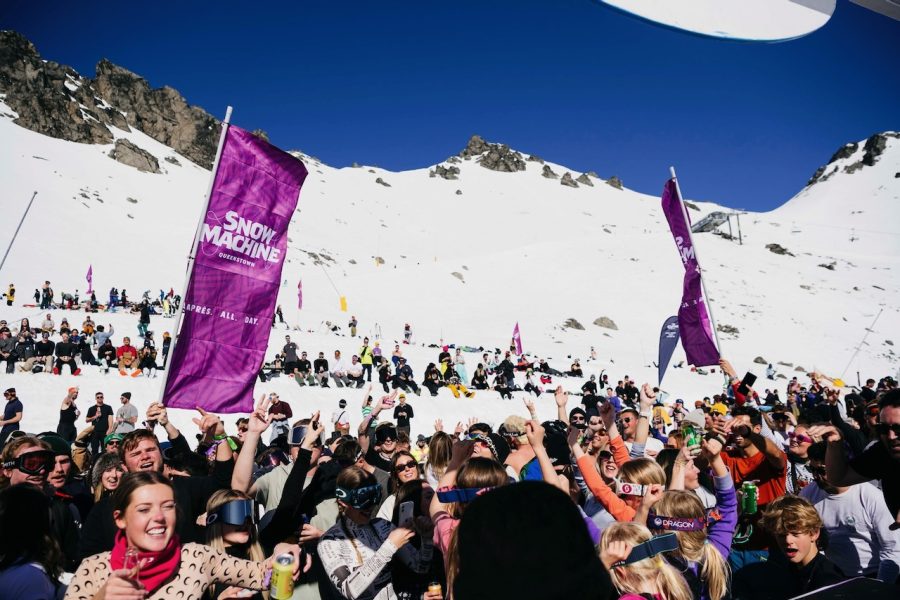
Average weekly occupancy and ADR have slid from their winter highs at Queenstown but the October school holidays will hopefully give the resort another spring boost.

Average weekly occupancy across all of New Zealand barely budged over winter, hovering around 55% since early July 2022, according to figures from STR.
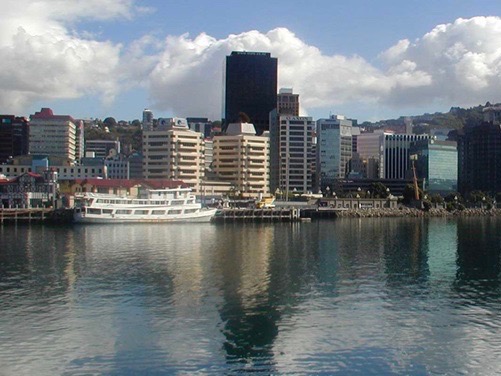
It is still early days in the recovery but could Wellington’s crown as the country’s best-performing hotel market for the past two-and-a-half years finally be slipping?

Christchurch has enjoyed an improving occupancy rate this year, recovering from an Omicron low in mid-March to reach 66% on average across the city in late-August, according to STR.
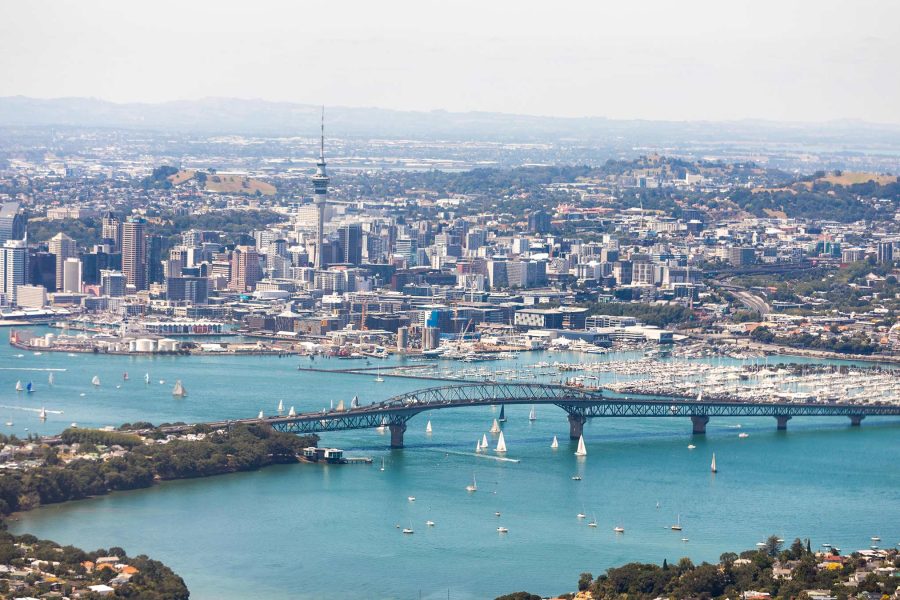
There was been little movement in Auckland’s hotel market over winter with new room supply and returning managed isolation facilities keeping a lid on occupancy rates and ADR.
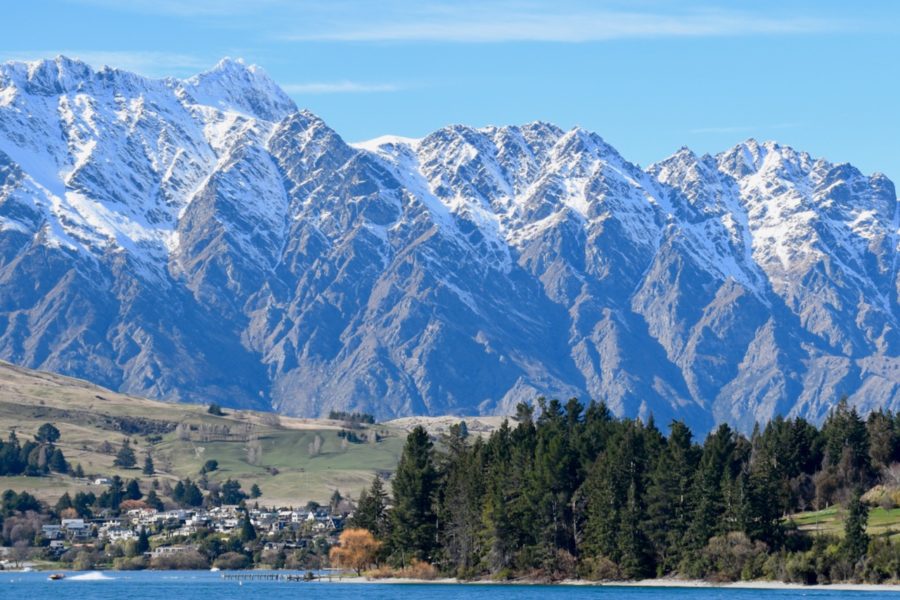
Average weekly occupancy at Queenstown has plateaued in the high 60s, with a consistent performance seen since the July school holidays, according to figures from STR.
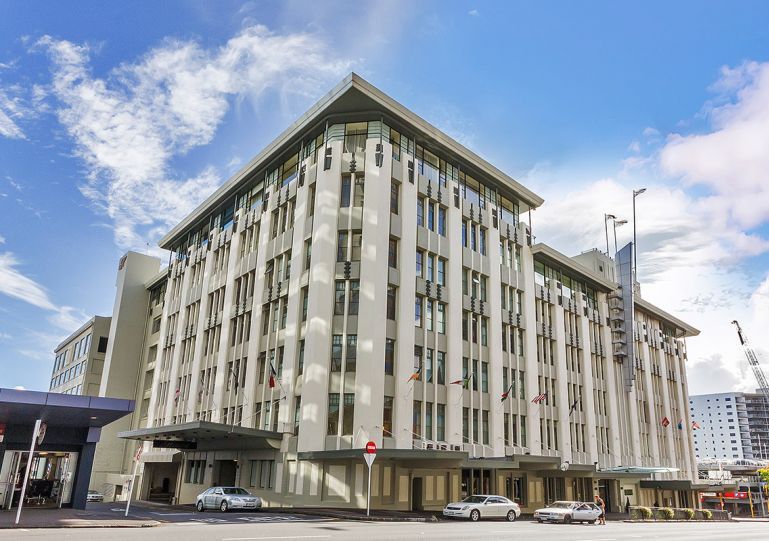
Average weekly occupancy across all of New Zealand has been stuck around 54% for the past month although ADR has been performing relatively well, according to figures from STR.
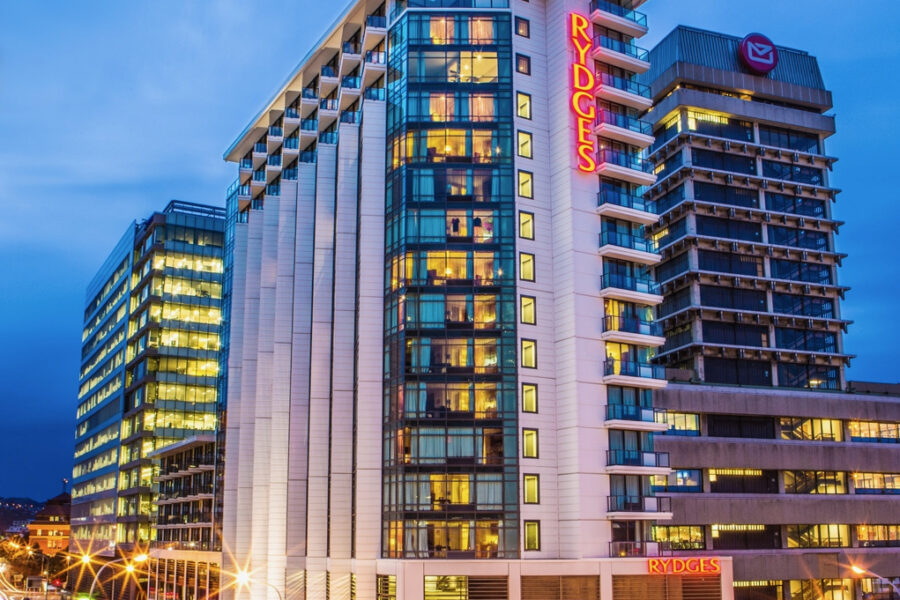
The country’s best-performing hotel market during the pandemic, Wellington, has been matched by Queenstown for most of the past month, according to figures from STR.
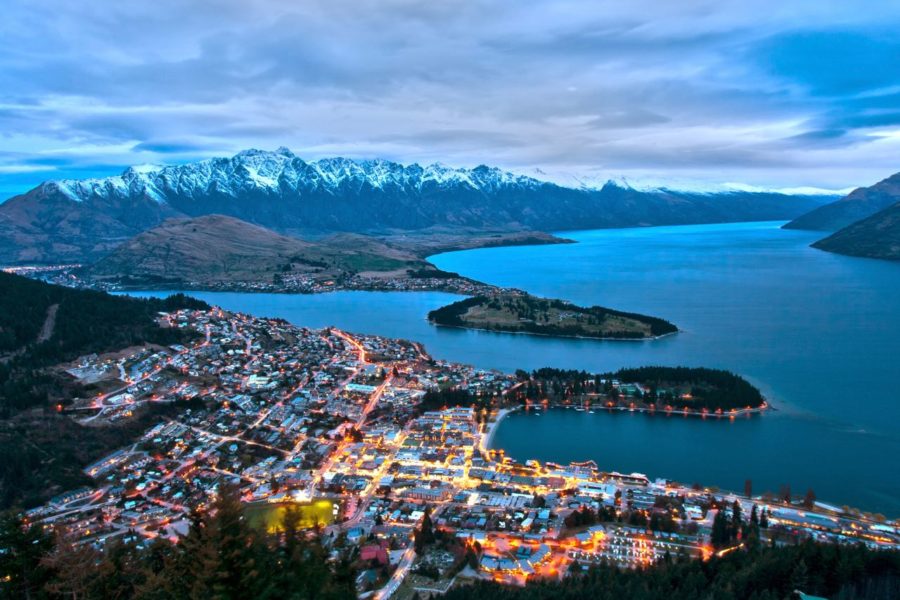
Queenstown hit an average weekly occupancy high of 70.5% during the July New Zealand school holidays, according to figures from STR.
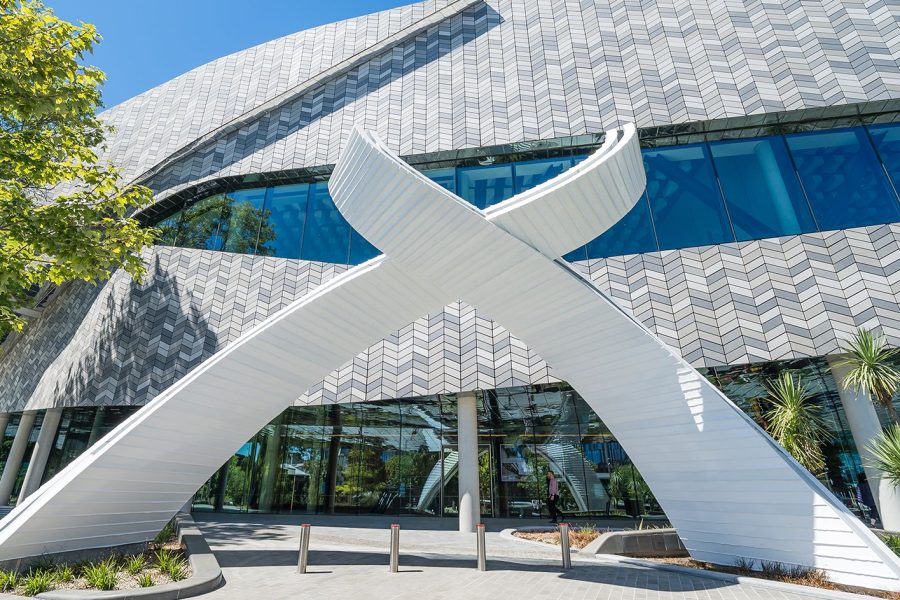
Christchurch bucked the trend of falling occupancy seen across New Zealand last week, according to figures from STR.

While other major hotel markets have seen good occupancy and room rate performance during the July school holiday period, Auckland is lagging.
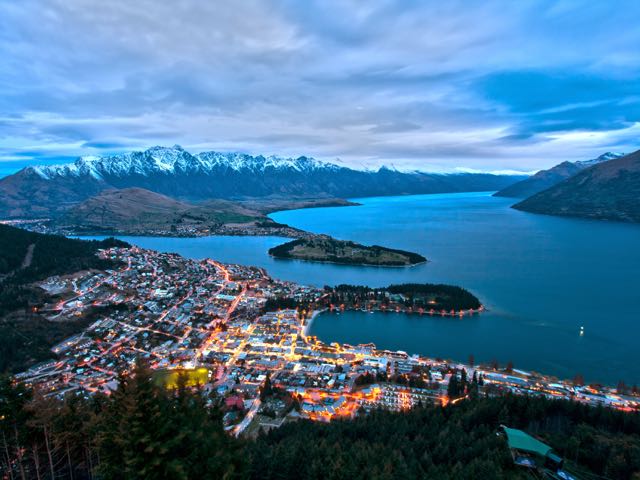
A strong upturn in Queenstown’s hotel market is underway with average weekly occupancy touching 68% last week, according to STR.

Average weekly occupancy across New Zealand has finally passed 50% for the first time this year, according to STR.

New Zealand’s strongest hotel market during the pandemic has returned to its 2022 occupancy high, touching 72% on average last week, according to STR.
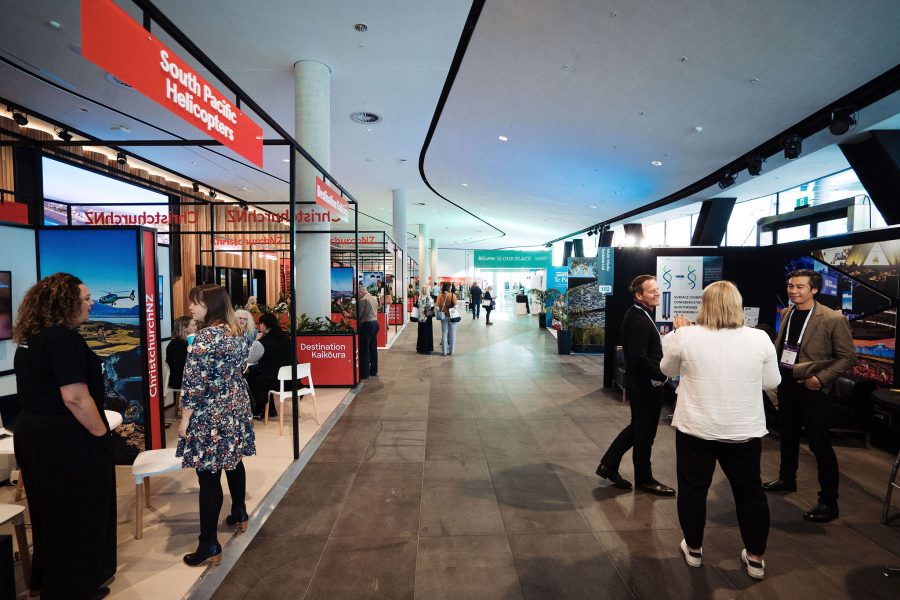
BEIA’s MEETINGS 2022 event at Te Pae Christchurch Convention Centre has given the city’s hotel market a lift.
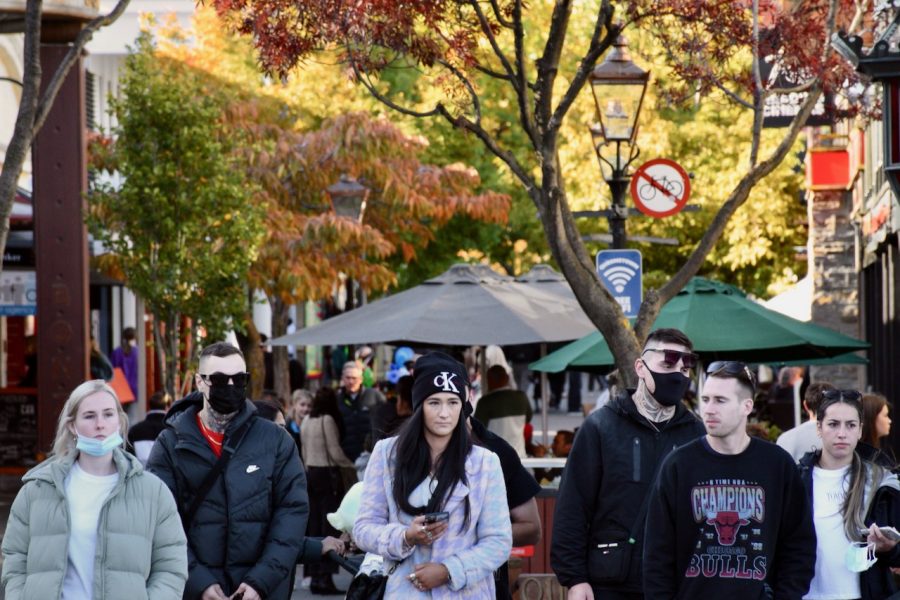
A good recovery is under way in Queenstown with hotel occupancy closing in on 50% and expected to surpass it with the start of the ski season this week.
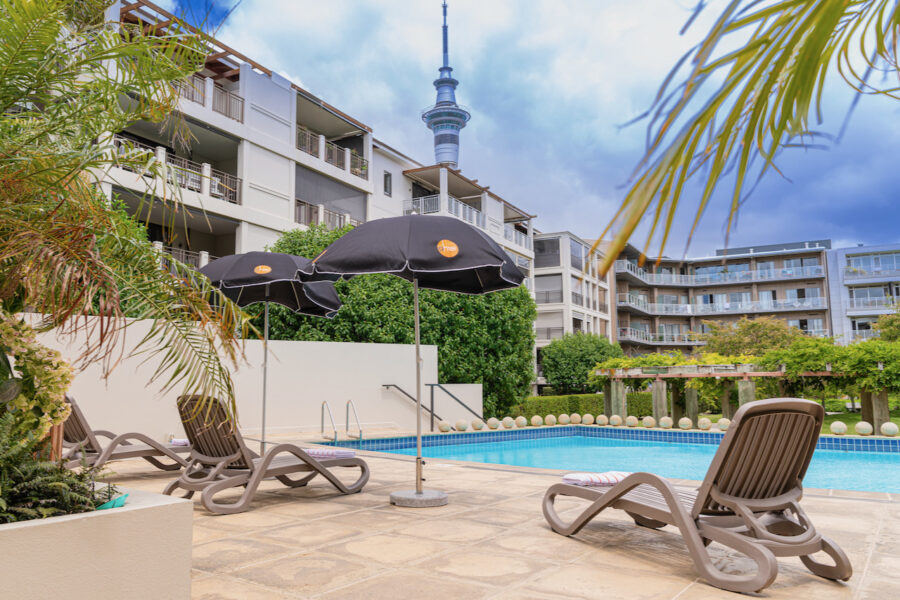
New rooms and returning managed isolation facilities look to be the story of that market for the months ahead.
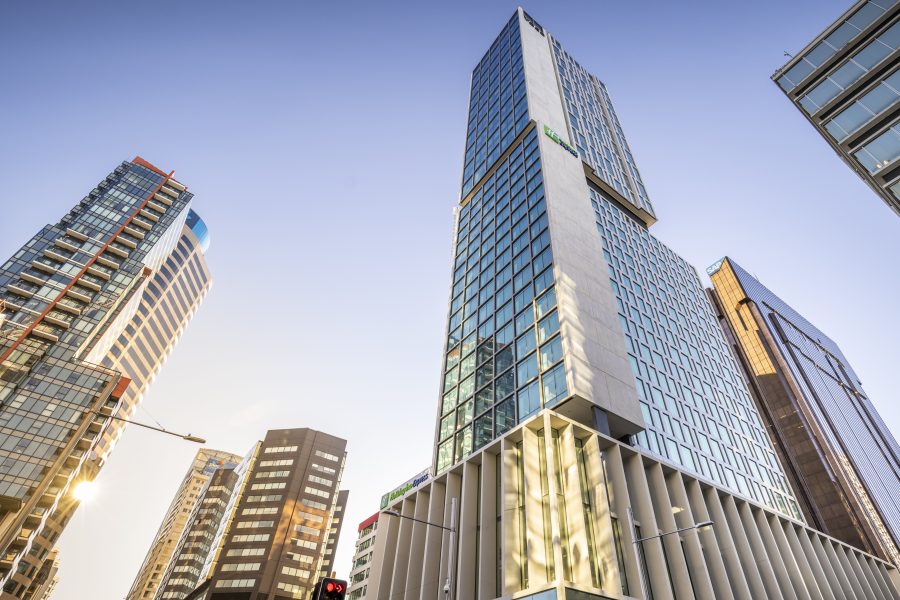
Average weekly occupancy across NZ is exactly the same as it was in late April with hundreds of new rooms opening as visitor numbers grow.

Wellington remains the country’s best-performing hotel market in terms of occupancy with a consistently steady climb since the mid-March low, according to figures from STR.
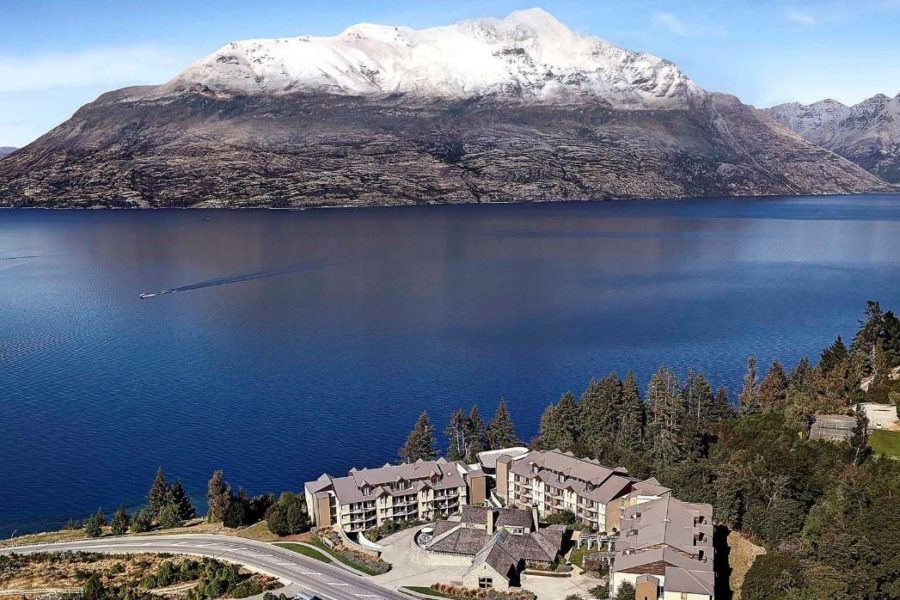
Queenstown’s hotels appear to have bottomed out at around 30% occupancy following the boost from the April school and public holidays, according to figures from STR.

Christchurch’s hotel market is closing in on 50% occupancy following its 2022 low of 33% recorded in mid-March, according to figures from STR.
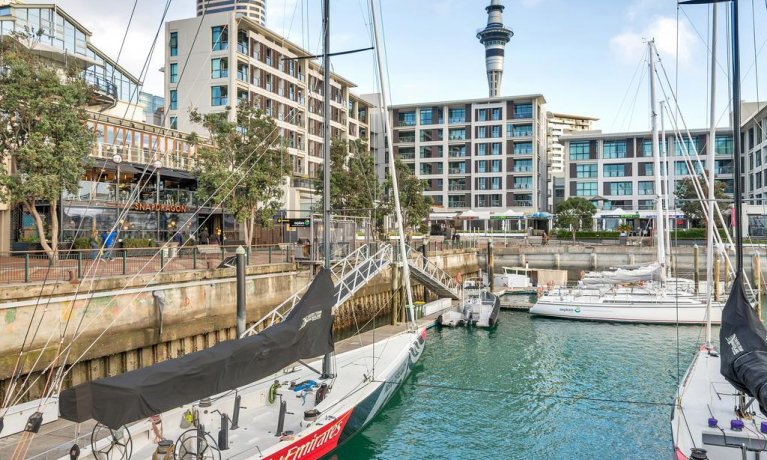
The country’s two major gateways – Auckland and Christchurch – shrugged off the ending of the April school holidays last week with average weekly occupancy continuing to rise, according to figures from STR.
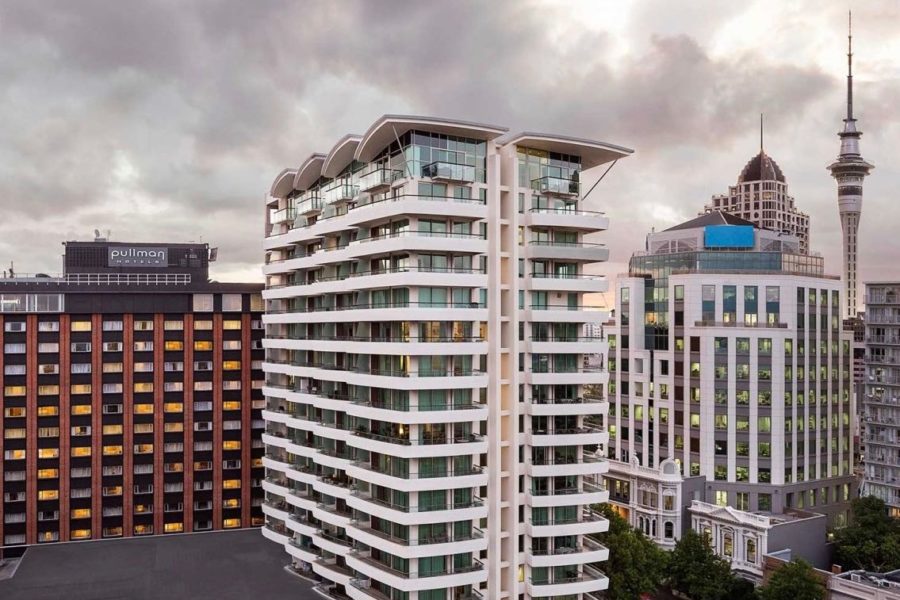
The country’s hotel sector scored a much-needed boost from the Easter and Anzac Day long weekends and the first week of the April school holidays, according to figures from STR.

Queenstown’s hotels saw a much needed Easter boost as the resort hoped to benefit from a combination of school and public holidays in the second half of April.
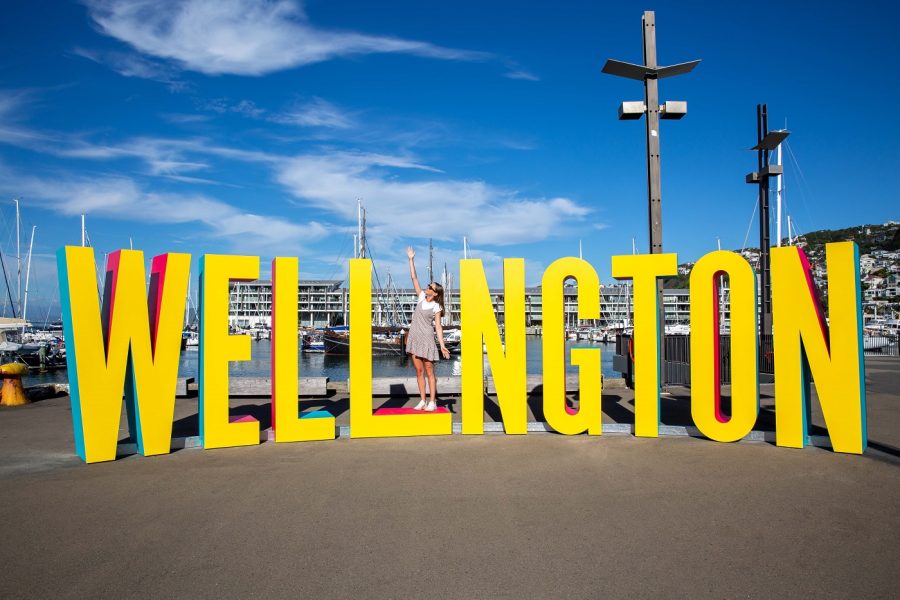
A steady rise sees Wellington top the country’s hotel markets in terms of occupancy last week, according to figures from STR.
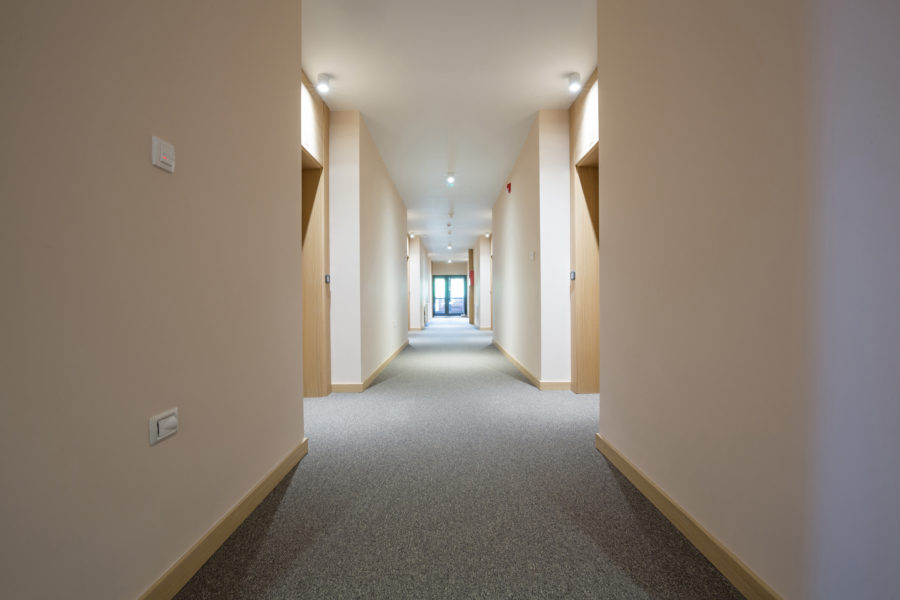
A slow but discernable rise in occupancy across New Zealand has been underway for most of the past month, according to figures from STR.

The resort’s struggling hotel market appears to have pulled itself off its 2022 occupancy low, according to figures from STR.

ADR last week dipped below 2021 levels for the first time this year as hoteliers attempt to entice customers.
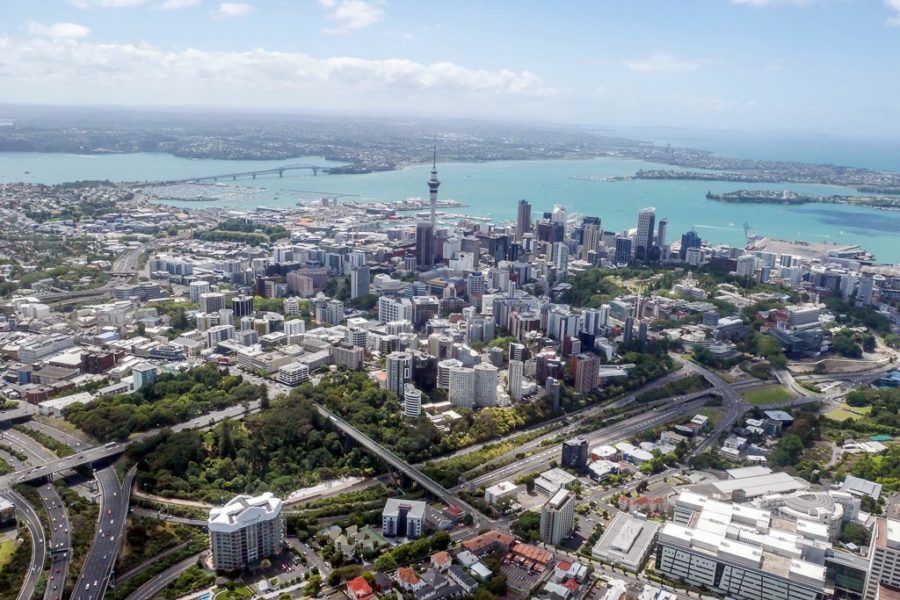
It continues a dismal slide for the country’s major hotel markets since the Omicron outbreak started.
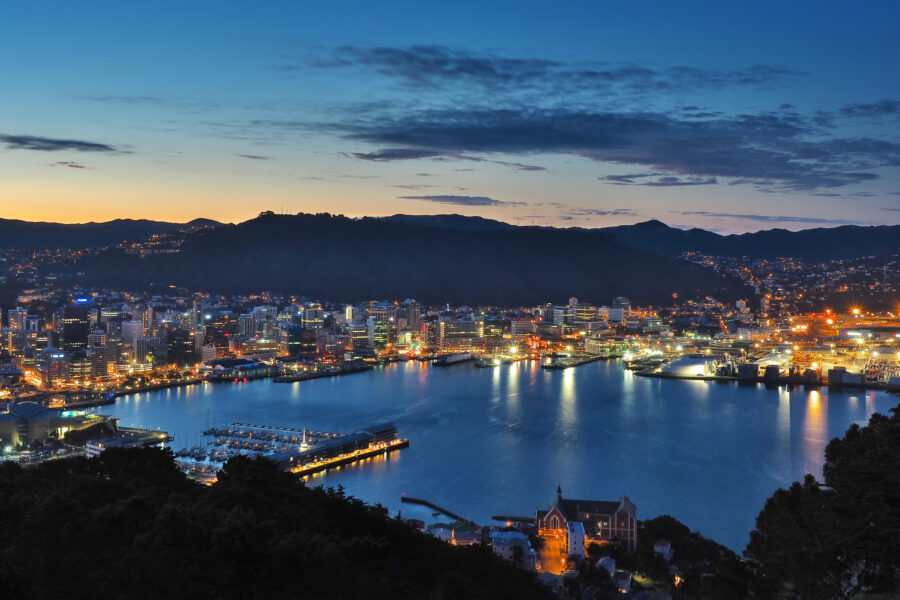
Wellington was the only major hotel market to show any growth in occupancy last week, compared to the same period last year, according to figures from STR.
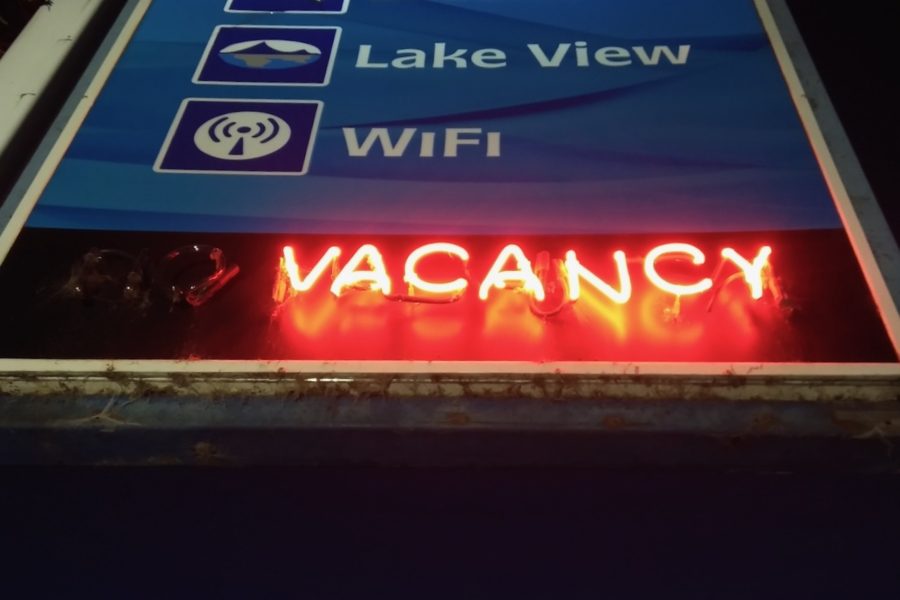
Average weekly occupancy across New Zealand fell to its lowest level last week since December last year, according to figures from STR.

Average weekly occupancy at Queenstown hotels remained subdued in the week ending Saturday 19 February as hospitality closures cast a pall over the tourist town following a number of Covid-19 exposure events.
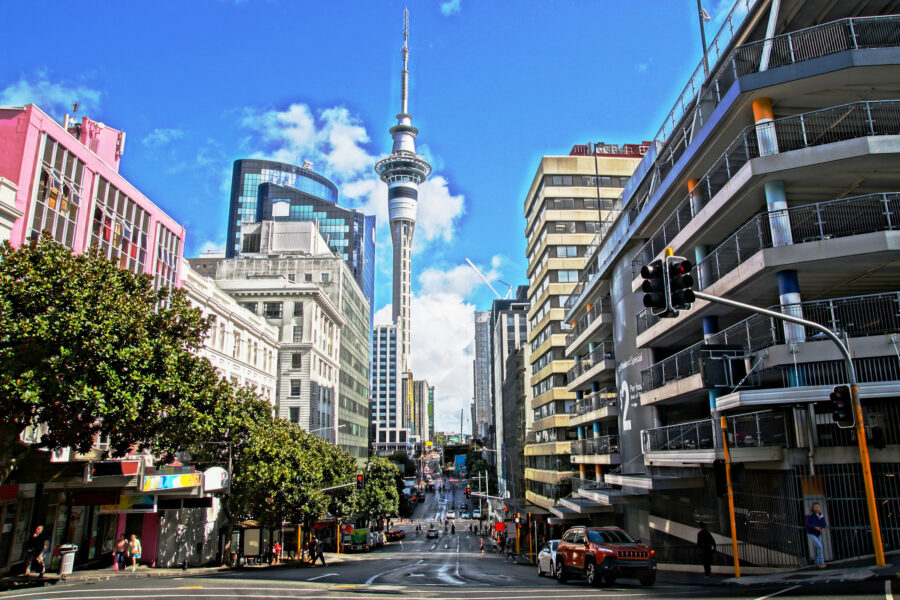
Average weekly occupancy at Auckland hotels fell to the lowest level since the Christmas period and only just above that seen during the Delta lockdown for the week ending Saturday 12 February, according to STR.

Average weekly occupancy at Wellington hotels fell to the lowest level since the Christmas period for the week ending Saturday 5 February, according to STR.
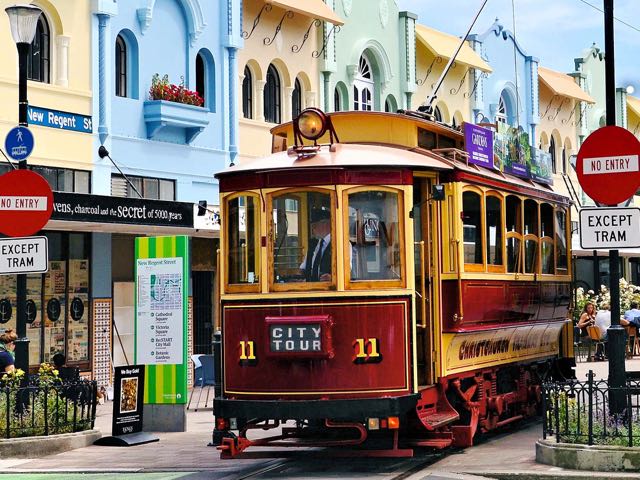
Average weekly occupancy at Christchurch reached their highest levels since mid-August in the week ending Saturday 29 January, according to STR.